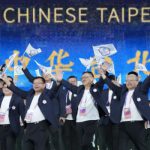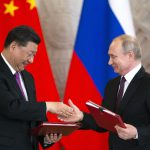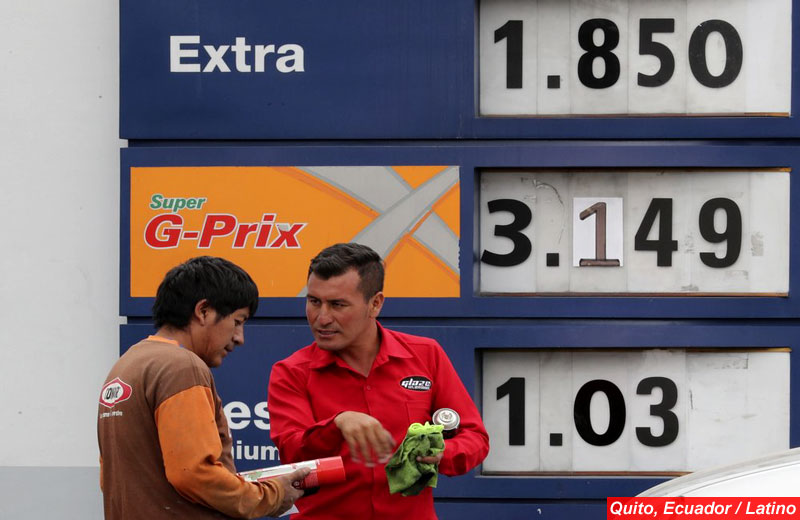
QUITO, Ecuador (AP) — President Lenín Moreno survived the toughest political crisis of his presidency by negotiating an end to indigenous anti-austerity protests. Now he faces an even tougher challenge.
Ten years of populist rule and a drop in oil prices have left Ecuador with a $64 billion public debt, which is more than half the gross domestic product, and the government has a $10 billion annual budget shortfall, about a third of the entire budget. Moreno persuaded indigenous protesters to return home Sunday night by restoring fuel subsidies that cost the government $1.3 billion a year.
The streets were calm Tuesday afternoon, but Moreno and his administration were struggling to figure out how to stabilize the budget, reassure international lenders and put Ecuador on a path of economic sustainability.
The indigenous protests have robbed Moreno of the ability to make deeply unpopular cuts in subsidies and social benefits that cost the country billions annually. Because Ecuador switched to using the dollar two decades ago, when it was on the brink of hyperinflation, it is hard to compete against countries with exports priced in cheaper currencies.
The protests of the last two weeks were themselves a grave blow to Ecuador’s economy, costing it $2.3 billion in lost productivity, spoiled goods and reduced oil production, according to the Industrial Chamber of Guayaquil, the country’s most important economic center.
“Public finances are in a sort of stranglehold,” said Jaime Carrera, an analyst at the Quito-based Center on Fiscal Policy. “If there’s no way to raise taxes or eliminate subsidies, the only other option is reducing the state budget, laying off public employees and investment, and that’s not viable either.”
Without a drastic improvement in 2020, Ecuador may have to start delaying payments to state workers and suppliers, Carrera said.
The Energy Ministry said Tuesday that the country’s production of oil had begun recovering after protesters withdrew from production facilities in the Amazon. The ministry said it could take weeks, and $30 million in repairs, to restore full production of 430,000 barrels a day. Output had dropped to 176,029 barrels a day during the protests, and production losses totaled some 1.2 million barrels worth approximately $100 million, the ministry said.
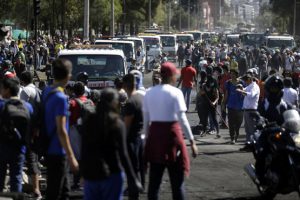
Fernando Martín, an economic analyst at the Latin American Faculty of Social Sciences in Quito, said that for the moment government would be forced to keep taking on debt at high interest rates in order to keep functioning.
“In the current situation it doesn’t look like there are many alternatives,” Martín said.
The International Monetary Fund forecast Tuesday that Ecuador’s economy would contract 0.5% this year after growing 1.4% in 2018. The projection, made before the protests, was that the economy would expand 0.5% in 2020.
Ecuador joins Argentina, Barbados, Nicaragua and Venezuela as the only countries in the Western Hemisphere projected to have shrinking economies in 2019.
The IMF welcomed the Sunday night deal, and Norman McKay, a Latin American research analyst with the Economist Intelligence Unit, said he doesn’t think a three-year $4.2 billion IMF credit line is at risk, despite being contingent on Ecuador’s ability to implement austerity measures.
“Obviously this has been a setback,” he said. “But I think the IMF sees the commitment from the Moreno government.”
The IMF package is vital for Ecuador as its leaders try to shore up an economy weighed down by costly social programs, a strengthening dollar, declines in oil prices and difficulty obtaining external financing at reasonable interest rates, said Risa Grais-Targow, Latin America director for the Eurasia Group consultancy.
“It’s huge,” Grais-Targow said of the IMF package. “The government had been trying to do a very gradual adjustment on its own, but markets lost confidence in it, so borrowing costs were getting very high. They were forced to turn to the IMF.”
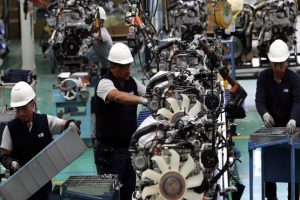
The overall program requires a 5% GDP adjustment over three years – meaning that to stay on track Ecuador needs to come up with $1.5 billion to $2 billion in spending cuts or new revenue in the first year, Grais-Targow said.
One option already discussed is raising taxes on Ecuador’s biggest companies, but even that is likely to fall far short of the needed amount. Given his dwindling political support, Grais-Targow said, a more likely possibility is that Moreno will be forced to ask the IMF for flexibility and renegotiate the package terms.
She said the president’s ordeal might have been avoided if he had tried to phase in the fuel subsidy adjustment or create a buffer for the most vulnerable groups. Instead, Moreno is learning the hard way that once citizens are accustomed to receiving a benefit it is very difficult to take it away.
____
Newsroom | theworldmail.co.uk
Source/Contribution/Photo Credit by Associated Press





